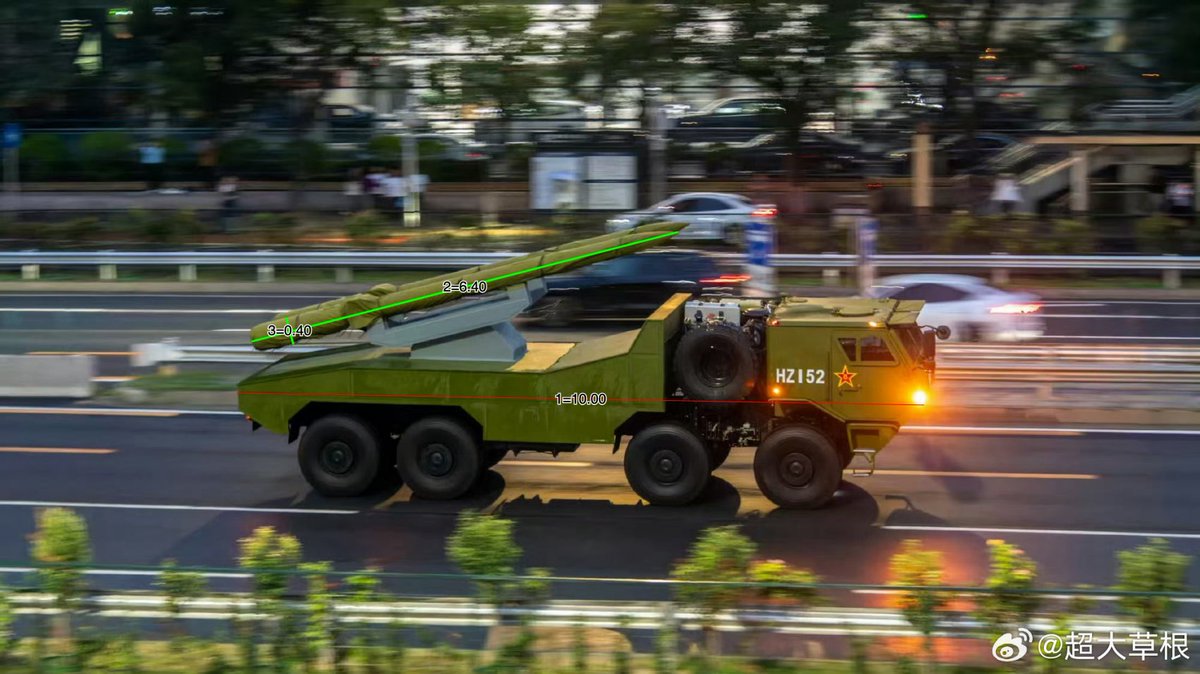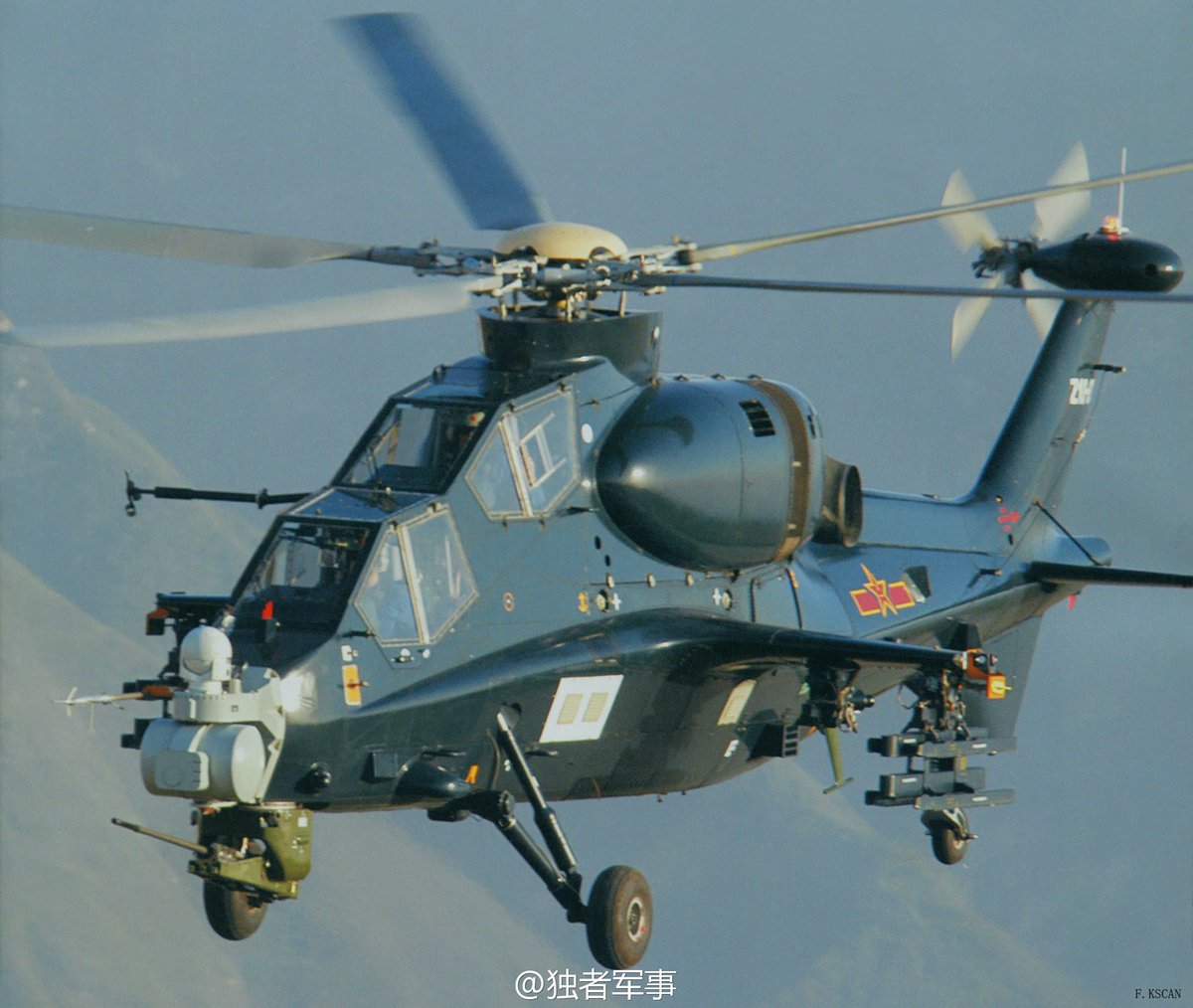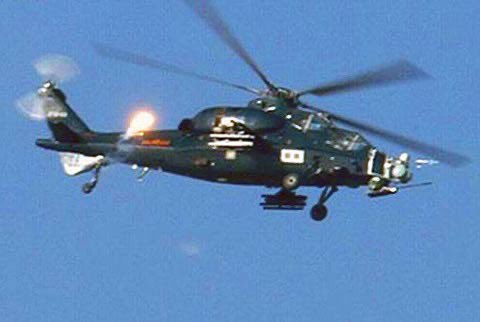Tor M1 is a SHORAD SAM system developed by the USSR. China purchased 6 to 9 batteries from Russia and subsequently fully copied & optimized the Russian system to create its own designs. These systems formed the backbone of accompanying field air defense for the PLAGF. A long 🧵: 
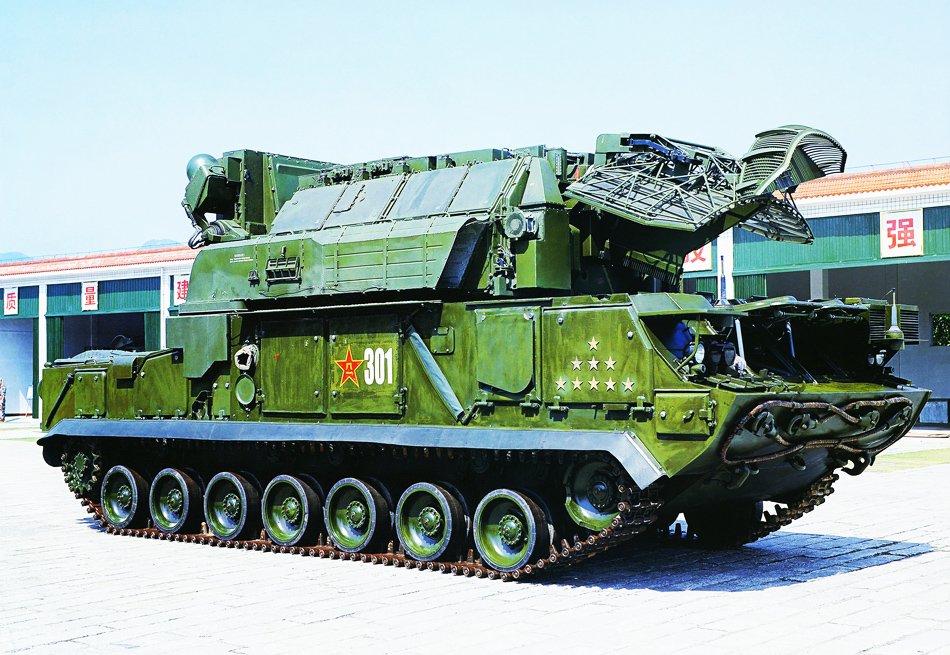
The core of the Tor M1 system is the 9A331 combat vehicle. It was designed in the 1980s to be fully capable of countering PGMs such as cruise missiles, laser-guided bombs, etc. (usually with much smaller radar signatures compared to a typical combat aircraft).
The requirements it managed to meet were impressive at the end of the Cold War. A 9A331 combat vehicle can acquire targets with a 0.1sqm RCS with a 50% probability at 25km range. It can track targets and engage them with its vertically launched 9M331 missiles at a max 12km range. 

At the same time, the combat vehicle not only needs to be able to travel with heavily armored columns but also provide air defenses on the move. Here we see the search radar on the combat vehicle rotating (searching for targets) as it moves on harsh terrain.
Highly integrated sensors & fire control units, maneuverable missiles, a relatively deep magazine & a highly mobile chassis are put into one package. Tor M1 is a uniquely capable SHORAD system even in today’s terms. Here are the major components of a 9A331 combat vehicle. 

Tor M1 uses command radio guidance to guide the missiles toward the targets. In this guidance method, the missile itself does not possess the ability to “lock” on targets. It fully relies on the combat vehicle to provide all commands via a radio link. 

The upside is that the missile does not require a seeker itself, which makes it more compact and cheap. This is important as space and weight need to be carefully allocated for such a mobile system. Also, the enemy PGMs are much cheaper compared to aircraft.
The downside is that the successful interception heavily relies on the combat vehicle and the radio command link. Once the link is lost due to the CV being destroyed or under enemy EW, the missile would be instantly lost.
Here is a more detailed look at the 9M330/9M331 missile used by Tor M1. The canard configuration and thrust vectoring nozzles in the nose section make the missile very maneuverable. 

Due to these designs, the 9M331 missile is capable of high G maneuvering. It has demonstrated the ability to turn 180 degrees and then engage a target.
The 9A331 combat vehicle is designed to perform most if not all combat-related tasks on its own, yet Tor M1 system mostly operates as a battery & a number of other vehicles are required to sustain operations. Some different vehicles as a part of a Tor M1 battery in PLAGF service. 

In the mid-2000s, China kicked started the effort to copy and improve the Tor M1 system. Then in the early 2010s, they started to bring more indigenous designs and technologies to the concept. Here is a brief timeline of such efforts that brought us the HQ-17 and HQ-17A systems. 

The HQ-17 SAM system is the first to materialize. It was first revealed in 2016. The combat vehicle of the HQ-17 is almost identical to the Russian-made 9A331 CV from Tor M1 with a few differences on the exterior. By that time, Russia has deployed the improved Tor M2 system. 

From the differences highlighted above, the HQ-17 system should have similar combat capabilities to the Tor M1:
1. guiding maximum 2 missiles and engaging 2 targets simultaneously,
2. searching while moving yet requiring a full stop to fire the missiles
1. guiding maximum 2 missiles and engaging 2 targets simultaneously,
2. searching while moving yet requiring a full stop to fire the missiles
HQ-17 does have greatly improved target acquisition. This is due to the parabolic target acquisition radar on the 9A331 vehicle is replaced with a phased array one on the HQ-17 and better onboard computers. It is quoted that HQ-17 can simultaneously track 48 targets.
The more pronounced differences between Tor M1 and HQ-17 lie in the interior. The latter has fully digitized control stations while the prior is heavily analog. It’s to be expected since there’s a 2-decade gap between the time when these 2 entered PLAGF service. 

In the driver compartment, the HQ-17 combat vehicle also has more digitized controls with better ergonomics. 
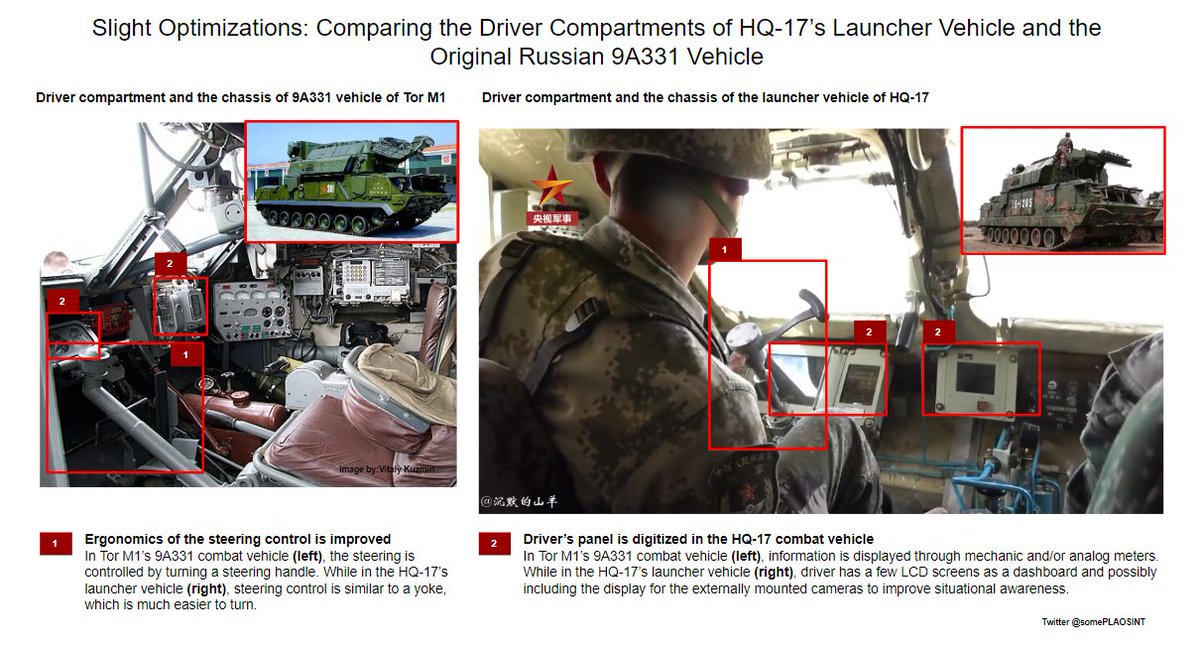
Improvements can also be observed in the missile fired by HQ-17 compared to the 9M331. The observable exterior changes are most likely to improve aerodynamics of the missile to further improve maneuverability and/or range. Though the official range of HQ-17 is the same as Tor M1. 

These above improvements between HQ-17 and Tor M1 combat vehicles are more or less inspired by the Russian Tor M2. And the missiles’ improvements are likely limited to the exterior. The HQ-17 itself could be unironically rated as Tor M1.5.
The HQ-17A on the other hand, has been fused with a lot more novel indigenous designs and technologies. It can be seen as a major branch off of the Tor lineage. 

Same to Tor M1, HQ-17’s combat vehicle can execute air defense tasks independently. But it also usually operates as a battery for better synergy and effectiveness. Here is an HQ-17 battery (company) with all equipment displayed during an inauguration ceremony. 

The HQ-17A system also adopts the same battery composition with 1 command vehicle, 4 combat vehicles, 2 transporter/loaders, 2 transporters, and 2 system maintenance vehicles. 

The battery command post (vehicle) is extremely important. It relays information regarding targets detected by other AD assets and hosts the battery commander to coordinate the 4 combat vehicles to defend a wider area. Comparison of the battery command posts of the three systems. 

Another very important vehicle in a battery is the missile transporter/loader. It can perform reloading tasks directly in the field. It helps the battery to sustain operations. 2 transporter/loader vehicles together with 2 loader trucks provide an additional 32 missiles. 

The Tor M1/HQ-17/HQ-17A are both AD assets on the brigade and group army levels. A battery (company) of these systems would cover an entire brigade and a battalion of 3 companies would cover a group army. 

Combat capabilities wise, Tor M1 and HQ-17 are able to engage two targets simultaneously. Though normally, when they are not facing a saturation attack, to increase the kill probability, a Tor M1/HQ-17 battery will fire 1 missile each from 2 combat vehicles to engage 1 target.
When under a saturation attack, one combat vehicle could fire 2 missiles in succession to engage to separate targets. Here is an example of HQ-17 firing 2 missiles one after another.
The HQ-17A is a much more capable system compared to the former 2. It is said to be able to guide 4 missiles simultaneously attacking 4 targets. A single combat vehicle is able to search, acquire, track, and engage targets while moving at or below 25km/h speed.
Here, a HQ-17AE (export version) is firing a missile while traveling on a paved road.
Tor M1 & its derivative systems are capable against many threats in a peer/near-peer conflict: large stand-off PGMs, UAVs, etc. But they have limitations, namely limited magazine depth against more compact PGMs such as SDB and limited range against the newer long-range ATGMs. 

The end. Many thanks to those who have helped to make this thread as it is.
• • •
Missing some Tweet in this thread? You can try to
force a refresh












